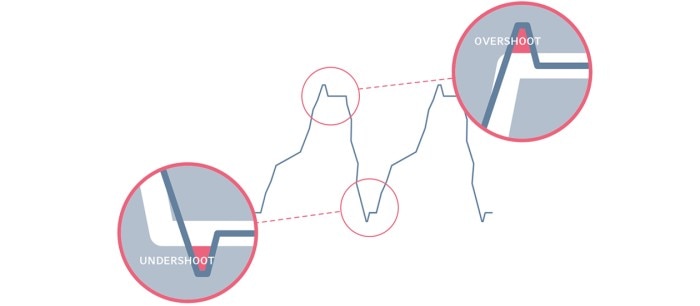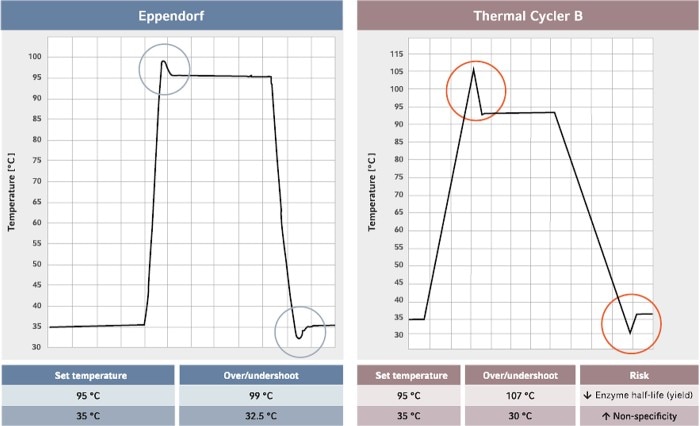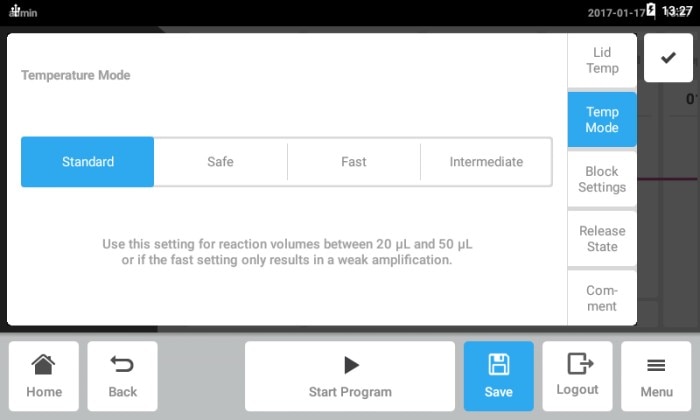MENU
NL | EUR
-
-
-
-
- Forum Labo 2025
- Advanced Therapies Week (ATW) 2025
- SLAS Europe 2025
- Bioprocessing Summit Europe 2025
- Medlab Middle East 2025
- SLAS International 2025
- Biologics World Nordics 2025
- ASIA LABEX: The Lab Show 2025
- BioProcess International Europe 2025
- ISEV 2025
- Future Labs Live 2025
- DataHow Symposium 2025
- Cell 2025
- LabDays 2025
- ASIA LABEX: The Lab Show 2025
- Stem Cell Community Day 2025
- Nordic Life Science Days 2025
-
-
-
-
- Forum Labo 2025
- Advanced Therapies Week (ATW) 2025
- SLAS Europe 2025
- Bioprocessing Summit Europe 2025
- Medlab Middle East 2025
- SLAS International 2025
- Biologics World Nordics 2025
- ASIA LABEX: The Lab Show 2025
- BioProcess International Europe 2025
- ISEV 2025
- Future Labs Live 2025
- DataHow Symposium 2025
- Cell 2025
- LabDays 2025
- ASIA LABEX: The Lab Show 2025
- Stem Cell Community Day 2025
- Nordic Life Science Days 2025
NL | EUR
-
- Benchtop Centrifuges
- Floor-Standing Centrifuges
- Refrigerated Centrifuges
- Microcentrifuges
- Multipurpose Centrifuges
- High-Speed Centrifuges
- Ultracentrifuges
- Concentrator
- IVD Products
- High-Speed and Ultracentrifuge Consumables
- Centrifuge Tubes
- Centrifuge Plates
- Device Management Software
- Sample and Information Management
-
- All Pipettes, Dispensers & Automated Liquid Handlers
- Mechanical Pipettes
- Electronic Pipettes
- Multi-Channel Pipettes
- Positive Displacement Pipettes & Dispensers
- Automated Pipetting
- Bottle-Top Dispensers
- Pipette Controllers
- Pipette Tips
- Automation Consumables
- Dispenser & Pipette Accessories
- Automation Accessories
- Dispenser & Pipette Services
No results found
Search Suggestions

PCR temperature: The Meaning of Optimal Over- and Undershoot
Lab Academy
- Molecular Biology
- Amplification & PCR
- Quality
- Reproducibility
- Accuracy
- PCR Cyclers
- Essay
In a PCR thermal cycler, temperature overshoot and undershoot is a necessary part of temperature cycling because it allows the whole reaction liquid in the PCR vessel to quickly reach the desired temperature. This naturally means that the critical dependent factor is the reaction volume involved.
Too high or too low temperatures will have adverse effect on the PCR. When you have too high overshoot, especially at denaturation step, you run the risk of killing off some enzyme activity (Figure 1B: Thermal cycler B with overshoot of more than 10°C). Such reduction in enzyme half-life (especially when it happens repetitively at every cycle in a PCR reaction) can decrease the total PCR yield.
Similarly, when you have a “high” undershoot (large dip in temperature), especially when applied to going down from denaturation step to annealing step, it is effectively lowering the stringency of specific primer annealing. For example, if you set annealing to 65°C, but it stays at 5°C below that temperature for many seconds due to undershoot, it can increase the chances of non-specific amplification during that period of time (Figure 1).
Similarly, when you have a “high” undershoot (large dip in temperature), especially when applied to going down from denaturation step to annealing step, it is effectively lowering the stringency of specific primer annealing. For example, if you set annealing to 65°C, but it stays at 5°C below that temperature for many seconds due to undershoot, it can increase the chances of non-specific amplification during that period of time (Figure 1).
Read more
Read less

Figure 1: Temperature profiles of Eppendorf Mastercycler and Thermal cycler B and their respective over-shoot and undershoot algorithms.
Some thermal cycler manufacturers set high degree of over-/undershoot in their PCR temperature profile while others use sample volume prediction algorithm to change the degree of over/under-shoot required. However, this neglects the characteristic of different DNA templates. DNA templates with higher GC-content require higher energy for breaking the bonds and hence would require higher temperature at the same sample volume.
Eppendorf proprietary temperature control algorithm (Figure 2) helps ensure that the degree of overshoot and undershoot be within the optimal range of the set point temperature. This allow fast heat transfer without the associated deleterious effects.
Eppendorf proprietary temperature control algorithm (Figure 2) helps ensure that the degree of overshoot and undershoot be within the optimal range of the set point temperature. This allow fast heat transfer without the associated deleterious effects.
Read more
Read less

Figure 2: The four temperature control modes of Mastercycler® X50 caters for different reaction volumes and/or GC-content of the DNA template and the algorithm uniquely match the suitable degree of overshoot and undershoot necessary for the entire liquid volume to reach set point temperature homogenously in the shortest time.
In other words, optimal temperature overshoot is good for fast transfer of energy from thermal block to sample in reaction vessel, leading to fast PCR completion and optimal yield and specificity. Too high overshoot or undershoot will reduce PCR yield and increase the risk of mispriming.
Read more
Read less
